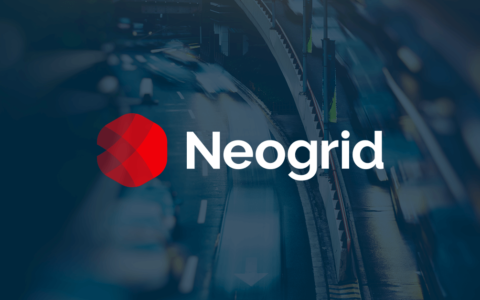
Inventory database management isn’t something many professionals enjoy thinking about. This is why it’s important to implement industry best practices to streamline inventory management processes. If you can simplify the often cumbersome, time-consuming, and frustrating process, you will save many headaches while maintaining a smooth flow of business processes. You might even boost the business bottom line.
The following are a few best practices to consider;
- Lay the foundation with proper asset categorization
The very first step in effective inventory database management is properly categorizing the company’s assets. Defining movable versus fixed assets is just the start. Down the line, you should categorize the assets based on numerous other factors such as by department, value, or use case. Then store this information in a central database. This will provide you with greater control of the inventory, making it possible to quickly find the information you need, whenever you need it.
- Automate, automate, automate
Without automation, managing an inventory database can be a major challenge. Fortunately, asset tracking systems are now available to help you simplify documentation, streamline inventory management processes, and maintain accuracy. Businesses utilizing Automatic Identification and Data Capture (AIDC) asset tracking solutions reduce the frequency of manual inventory counts, saving substantial man hours in the process. And those who use handheld barcode scanners can easily collect data for inventory control.
- Simplify re-ordering
This too can be achieved using asset tags and AIDC tracking systems. There are various types of asset tags that can be used for different applications, including the highly accurate two-part asset labels that offer duplicate identification numbers. Then, you can also simplify asset re-ordering by storing vendor information in asset management software. Whichever the case, always tap into current technology to save your staff valuable time by making it easy to replenish the inventory.
(Learn more about NeoGrid’s VMI Solutions and how we can help you optimize your order and logistics processes.)
- Maintain minimal stock levels
While it’s important to have enough inventory to keep the business running, it’s also not efficient to keep too much inventory. Excess inventory adds to overhead by taking up the storage space that would have been used for more immediate needs. One of the best ways to avoid this is to use asset tracking. Asset tracking allows businesses to more accurately forecast immediate and future needs, allowing you to determine precisely how much stock you should have.
Interestingly, you could solve most of these issues just by getting into a VMI agreement with your suppliers!
Want to learn the latest news and industry insights from NeoGrid? Subscribe to the NeoGride Supply Chain Blog and receive weekly informative updates about everyday issues of business, industry trends, success stories and more.





